How to clean a sisal rug? The best thing about sisal rugs is that they are durable. One carpet can serve you decades. But who wants to keep a stinky dirty carpet for so long? Sometimes a man (or a woman) has to clean a rug.
In this article, we’ll tell you how to clean sisal rugs, whether it’s just a routine cleaning or you’re dealing with an accidental stain.
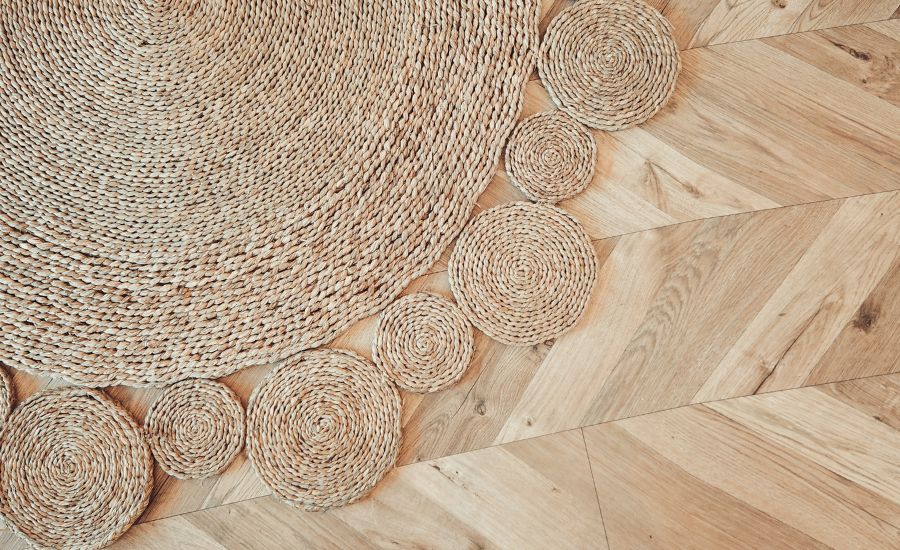
Sisal rugs and problems with them
Sisal is a natural plant material, cultivated in many countries. The best feature of it is durability.
In the past, sisal was used to make ship ropes. It’s also not toxic, so people with asthma can place sisal rugs in their houses.
Natural fiber rug is biodegradable, and non-flammable as it is static-resistant.
Finally, the amazing ability of sisal carpets: they suck in humidity in the house, thus helping to keep the house cool during the hot months.
But this ability comes with a price. And makes cleaning sisal rugs hard. You see, you can’t clean them with water.
Do not clean natural fiber rugs with water
Sisal carpet’s worst enemy is moisture. That means, water.
Sisal is made of natural fibers, and so does not withstand excess moisture. Therefore, it is not recommended to wash a sisal rug with water or place it where water easily gets on such natural fibers.
What will happen if water gets into the rug?
The rug will absorb the water like a sponge, and then parts of the rug will lose pigments. The carpet will now have colorless stains that cannot be reversed. It will be ruined.
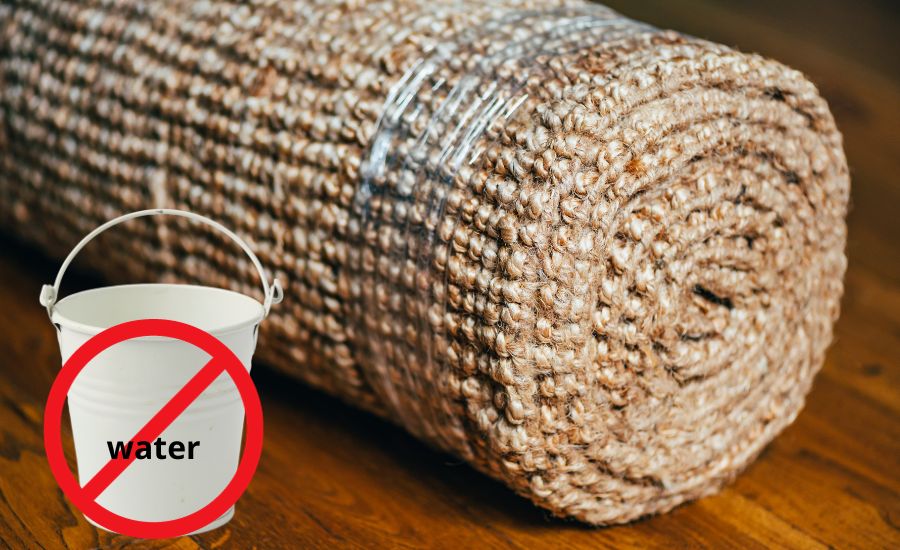
Steam cleaning natural fiber rugs: no
Steam cleaning is a good option for many rugs, but not for sisal ones. Steam clean is just another form of water, after all.
Wet shampoo is also a bad pick. Using such wet cleaning materials will lead to the aforementioned problems.
How do I clean sisal rugs then?
Good question. There are multiple ways to clean sisal rugs. Some work in one situation, and some do not at all.
What you’ll need for cleaning
Some spills may require the use of water and a small amount of detergent. Here’s a basic list of things you might need.
- Water (wait, what? We’ll explain later)
- Mild soap/mild detergent
- White vinegar
- A sponge
- A paper towel
- A vacuum cleaner
- A hair-dryer
- Flour (potato/corn/baking soda)
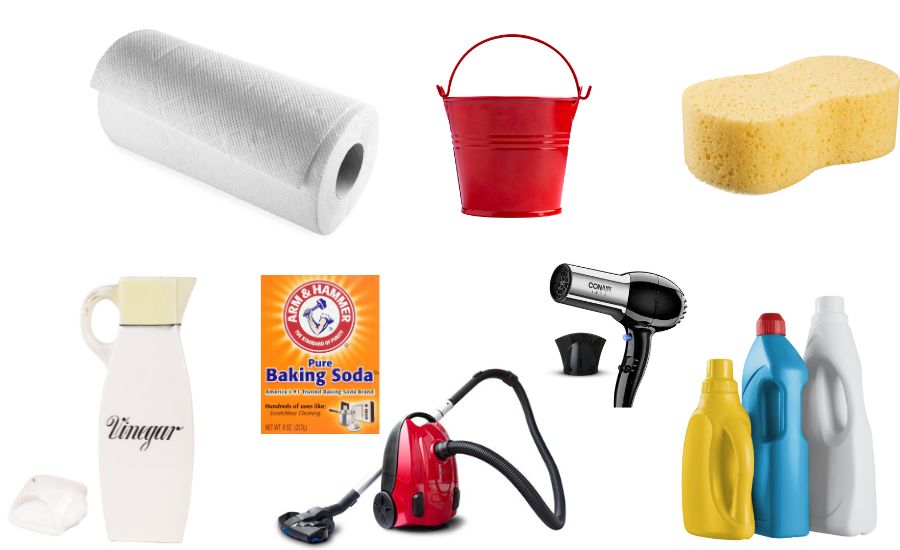
Scenario 1: liquid spills
The faster you deal with the wet spills, the better it will be.
The thing with the liquid spill is their cleaning involves water saturation (water).
We’ll make sure to dry everything properly.
Here are the required steps.
- Mop up the spill. Immediately blot it with white paper towels or a clean dry cloth.
- Brush or sponge the discolored area with small amounts of detergent (which can be swapped with white vinegar) and lukewarm water. The cleaner should have a neutral pH factor.
- Dry the carpet quickly. Use a hair dryer to do it quickly.
- Cover with a thick layer of potato flour overnight. Vacuum the next day.
Flour is good at sucking in excess moisture, so it will help keep the carpet dry.
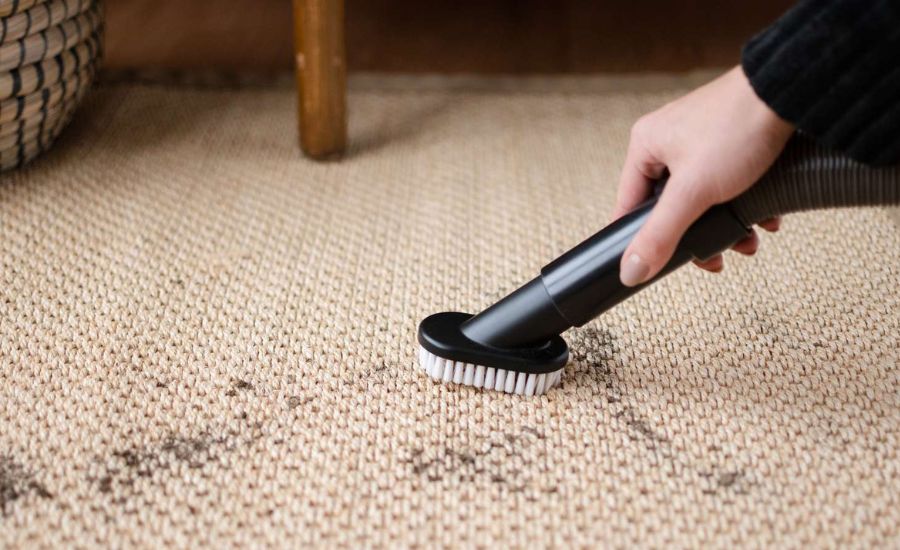
Scenario 2: stains from the animals
What is the worst liquid to get on natural fiber rugs? Probably dog pee.
It will be absorbed just as well as water, and it will smell.
Here’s what you do:
- Mop up the spill. Soak up the pee with clean paper towels or a dry towel. Dab from the outside to the inside, to avoid spreading the pee. Keep going until you have soaked up as much as you possibly can.
- Spread baking soda over the stained area to draw out any remaining moisture and neutralize the urine odor. Let the soda stay for 1 hour at least and then vacuum it away.
- Put 1 teaspoon of mild laundry detergent into a cup of warm water and swirl. Dip a sponge in the detergent solution and slightly wring it out.
- Pour a bit of the liquid on the stain, and then dab the liquid with a damp cloth.
- Blot the stain again. Let the sisal rug dry.
Scenario 3: thick spills and non-liquid stains
It’s how you deal with dirt particles, asphalt, or shoe polish.
- Scrape up cautiously as much of the stain as possible, using a dull knife or nail file. Soot should be vacuumed up.
- Dab your cloth with cleaning fluid. Depending on the stain type, you might need different cleaning fluids. For example, acetone polish remover works quite well against nail polish. Work towards the center of the stain and don’t use too much solvent to avoid spreading the stain. Repeat.
- Dry the carpet quickly with a dryer.
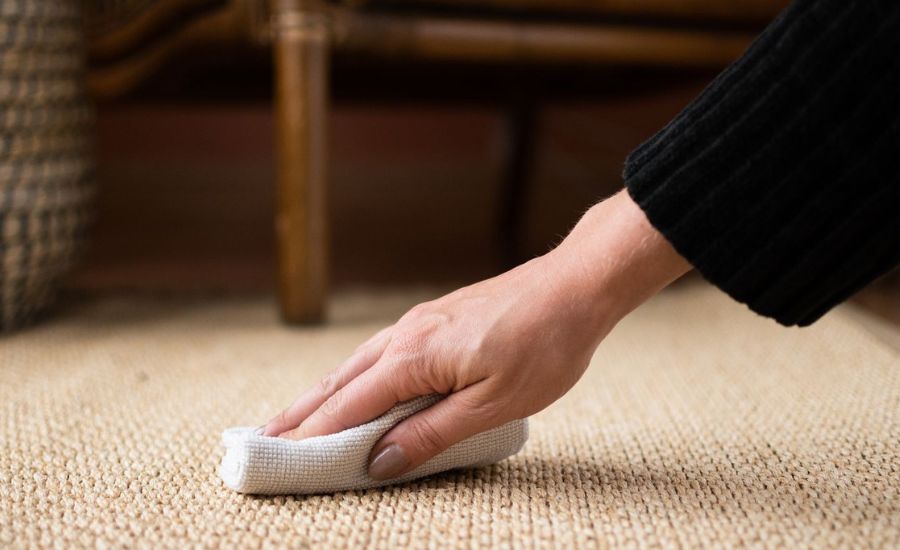
How to take care of a sisal rug
Routine maintenance is not very hard.
Here’s a piece of advice for you that will help maintain sisal rugs in good shape.
Regular vacuuming with a brush attachment is all that is needed for daily care of sisal rugs. The strong suction of the vacuum pulls out the dirt particles accumulated between the fibers.
Frequent and regular vacuuming will increase carpet life by preventing soil build-up and will help eliminate stains caused when spilled liquids dissolve soil accumulations.
Please, abstain from vacuuming with a beater bar. The beater bar can scratch the surface of the rug, sometimes causing damage.
Always test the cleaning solution in an inconspicuous area first to ensure it doesn’t damage or discolor the rug. The underside of the carpet is a good experimental canvas.
And remember, trust the manual. Follow specific cleaning instructions for your specific carpet.
Curled rug corners
Just a bonus advice for a general problem.
The sisal rug is often used as an area rug. Many people are coming through and stepping on the rug.
Shuffling of feet across a corner or edge could cause the edge to curl.
It is easy to cure this by dampening the curled area, or placing a damp towel over the area and weighting it down evenly overnight. Sometimes you’ll need to repeat this easy process.
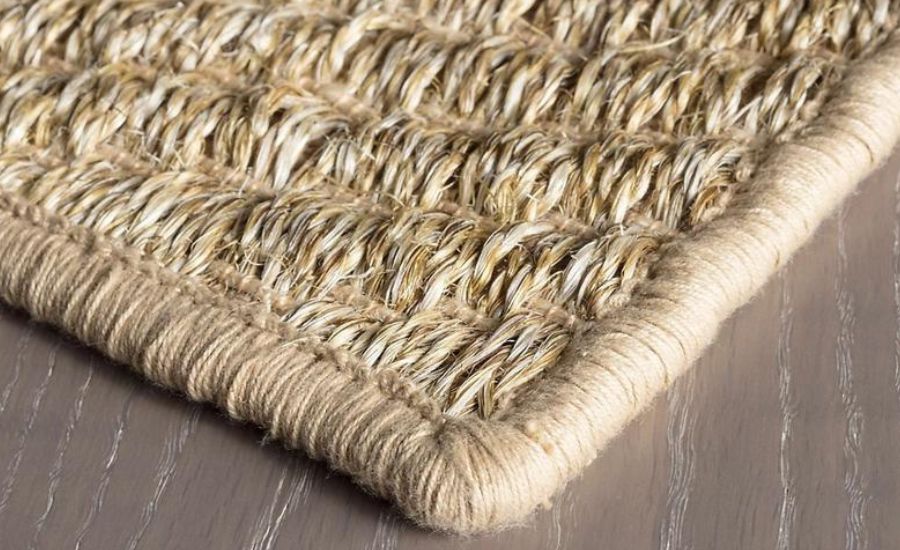
FAQ
Have some tough stains left on your mind? Let’s tackle them.
Yes, there are several ways to clean a sisal rug. Even though typical methods like a steam clean are unavailable, you have alternatives:
Vacuuming is not only the safest method to clean such carpets. It’s also good to fight excessive soiling and loose dirt.
For spills or stains, clean cloth or paper towels are a good cleaning choice. Use a mix of mild dish soap/carpet cleaner with water and dab the stain with them. Just don’t forget to dry everything properly after.
Remember to always check the care instructions provided by the manufacturer of your sisal rug before attempting any cleaning method.
The best way to clean sisal carpet is by dry cleaning process, like vacuuming.
Use a suction-only vacuum cleaner or one with adjustable height settings to avoid damaging the fibers. Vacuum in both directions to ensure thorough cleaning.
Dry-cleaning doesn’t involve just vacuuming. There are different dry-cleaning detergents, powders, or just brushes.
Professional cleaning is another good pick, though better suited for the hardest stains. Professional carpet cleaners have the expertise and specialized equipment to handle sisal rugs safely and effectively.
If sisal gets wet, it can lead to potential damage and undesirable consequences.
Shrinkage. Sisal is a natural fiber that can shrink when exposed to excessive moisture. If the sisal carpet or rug becomes saturated or soaked, it may contract and change in size, resulting in uneven edges or buckling.
Staining. When water evaporates, it can leave behind water spots or discoloration on the sisal fibers, leading to an unsightly appearance. These stains cannot be removed and ruin the rug.
Odor and mold growth. Moisture can create a damp environment that promotes the growth of mold and mildew. Sisal’s organic composition makes it susceptible to developing mold if it remains damp for long enough.
Weakening of fibers. Prolonged exposure to water can weaken sisal fibers, making them frill and breakable. Over time, this can lead to thinning or holes in the rug.
Water is really hard to avoid. Sometimes you can’t clean the rug without at least a drop of water.
That’s why instead of ignoring water usage completely, try to dry the rug properly after you clean it with just a bit of moisture.
No, it is not recommended to hose down a sisal rug.
Sisal rugs are made from natural plant fibers that are highly absorbent and can easily shrink, warp, or become damaged when exposed to excess water.
Please, use the aforementioned cleaning methods, like vacuuming.
Clean rugs, clean mind
Now you’re a pro at clean sisal rugs! We hope our advice will help you!

